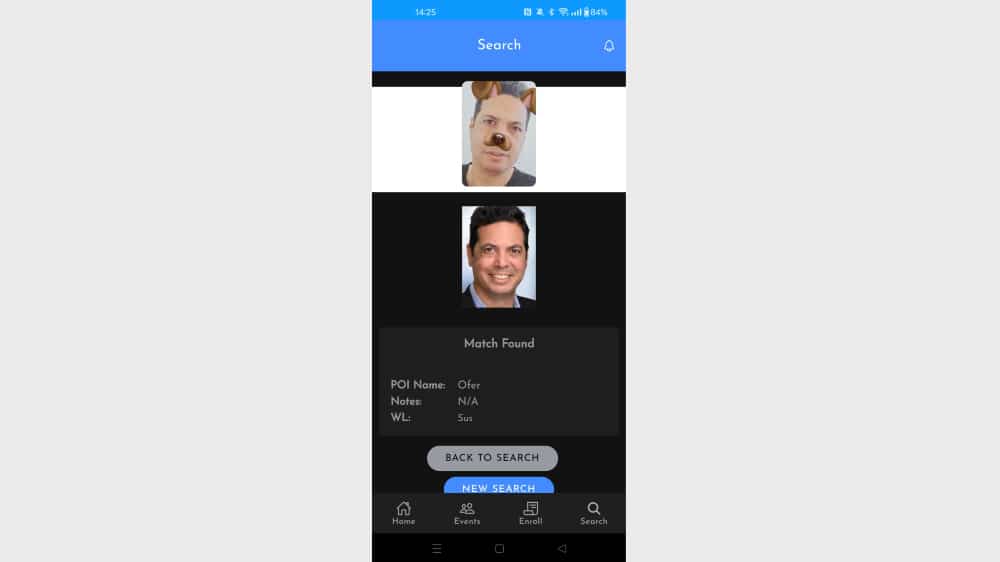TikTok funny filters can’t fool facial recognition


James Humphreys
Share this content
In 2024 the average daily time spent on social media worldwide is approximately 2 hours and 27 minutes, with Instagram and TikTok leading the charge.
Photo and video filters have become an indispensable part of online communication, ranging from subtle enhancements to one’s appearance to elaborate effects that introduce digital makeup or playful elements, such as dog ears.
Particularly noteworthy are those filters that drastically change facial features, sometimes beyond human recognition.
Corsight AI, a leader in facial recognition technology, embarked on testing the capabilities of its Facial Intelligence platform against these heavily filtered images.
Widely utilized by businesses and law enforcement, the platform is known for its remarkable accuracy in identifying potential threats under various challenging conditions including low-quality videos, restricted camera angles, and scenarios involving darkness, motion, or disguise.
To evaluate its effectiveness, Corsight AI undertook an experiment to see whether its technology could recognize faces in images heavily altered by “funny filters.”
Why did the experiment involve TikTok?
Despite the significant modifications made by these filters, Corsight AI‘s system showcased its exceptional ability to accurately match a filtered photo with a reference image.
The test involved images significantly altered by “funny filters” to determine if the system could still match the altered face with the correct individual from a database of 100,000 faces.
In every instance tested, the platform accurately recognized the person and correctly identified them as the most probable match within the 100,000-record database.
This experiment highlights the capability of Corsight AI‘s Facial Intelligence platform to discern true identities amidst severe digital distortions.
It becomes invaluable for law enforcement in searching for a wanted or missing person, or for retail security in real-time identification of a known shoplifter, even when the reference image is outdated, of low quality, or taken from a challenging angle.


